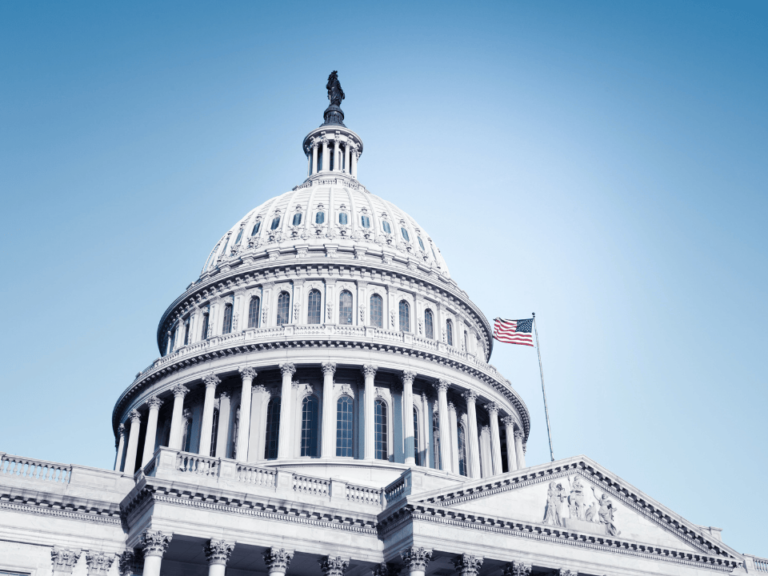

- Museum Exhibit: The History of Cancer
By Rutgers Cancer Institute of New Jersey | Oct. 19, 2022
Jaya M. Satagopan, PhD, is a full member in the Cancer Prevention and Control Program at Rutgers Cancer Institute of New Jersey and professor in the department of Biostatistics and Epidemiology at the Rutgers School of Public Health. Between 2016 and 2019, Dr. Satagopan completed her Master’s degree in science communication and public engagement from the University of Edinburgh.
As part of this degree, she completed a project to curate a museum exhibit to communicate the history of cancer.
Cancer is a disease that develops when normal cells in a particular part of the body grow out of control.
How old is cancer? Is cancer a fate of modern humans due to behaviors such as cigarette smoking?
The free exhibition explores these questions. Starting with a gallery introduction, four sections will showcase the information summarized below using primary and secondary panels and object labels.
Selected exhibit highlights:
- Recorded music performed by two cancer statisticians will play in the background (Kosorok, Banerjee).
- Cast of dinosaur species Edmontosaurus indicating cancer sites, to be developed in collaboration with Bruce Rothschild (Rothschild et al.).
- Normal and cancer-affected fish vertebrae, Tertiary Era (Capasso 2005).
- Pathology slides of normal and cancer tissues, from the Berlin Museum of the Medical History, c.1838.
- Richard Doll’s 1971 chart showing lung cancer incidence in current, former and never smokers.
- U.S Postage Stamps commemorating screening and early detection, from the Smithsonian National Postal Museum.
- DNA sculpture by artist Tom Otterness, from the University of Florida.
- Digital screen of the Edwin Smith Papyrus.
- Digital game about cells.
- Digital game about clinical trial design.
- Video of how cancer develops (CTCA).
- Video of Funmi Olopade talking about breast cancer prevention and her career as a cancer researcher.
Learn more about the full exhibit and references here.
Additional educator tools in the Cancer History Project


- Jim Allison: Breakthrough –Educator Toolkit
By Jim Allison: Breakthrough | March 10, 2021
The Jim Allison: Breakthrough Educator Toolkit is a companion resource for teaching the film in the classroom. It includes lessons, discussion questions, research and lab activities, and opportunities to explore careers in the fields of science and medicine.
These activities can be used or adapted for use in high school, college, and post-secondary classrooms and are written to meet Next Generation Science Standards (NGSS).
We have divided the film up into 3 classroom-period-friendly segments that can be watched separately and have a set of companion activities.
This column features the latest posts to the Cancer History Project by our growing list of contributors.
The Cancer History Project is a free, web-based, collaborative resource intended to mark the 50th anniversary of the National Cancer Act and designed to continue in perpetuity. The objective is to assemble a robust collection of historical documents and make them freely available.
Access to the Cancer History Project is open to the public at CancerHistoryProject.com. You can also follow us on Twitter at @CancerHistProj, or follow our podcast.
Is your institution a contributor to the Cancer History Project? Eligible institutions include cancer centers, advocacy groups, professional societies, pharmaceutical companies, and key organizations in oncology.
To apply to become a contributor, please contact admin@cancerhistoryproject.com.











